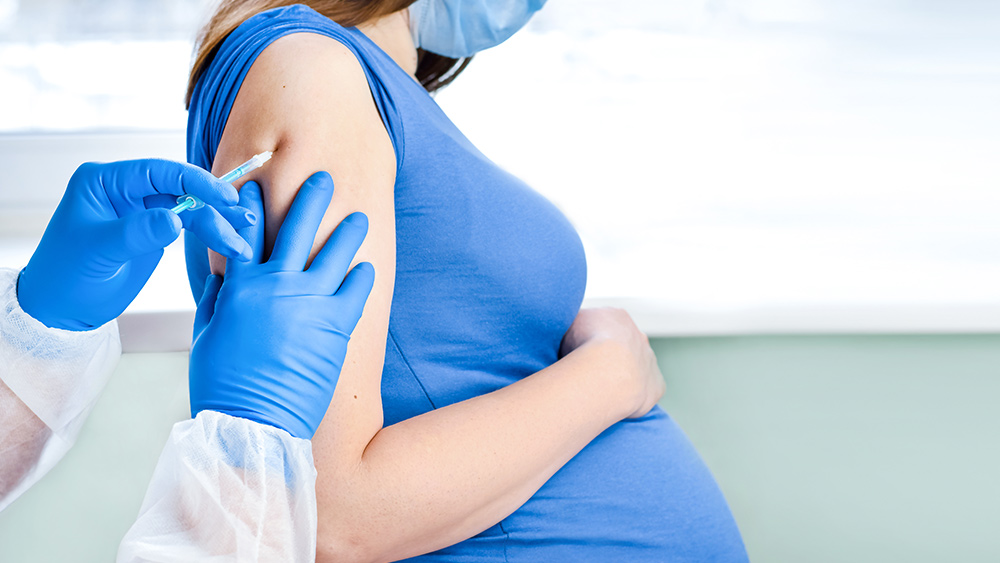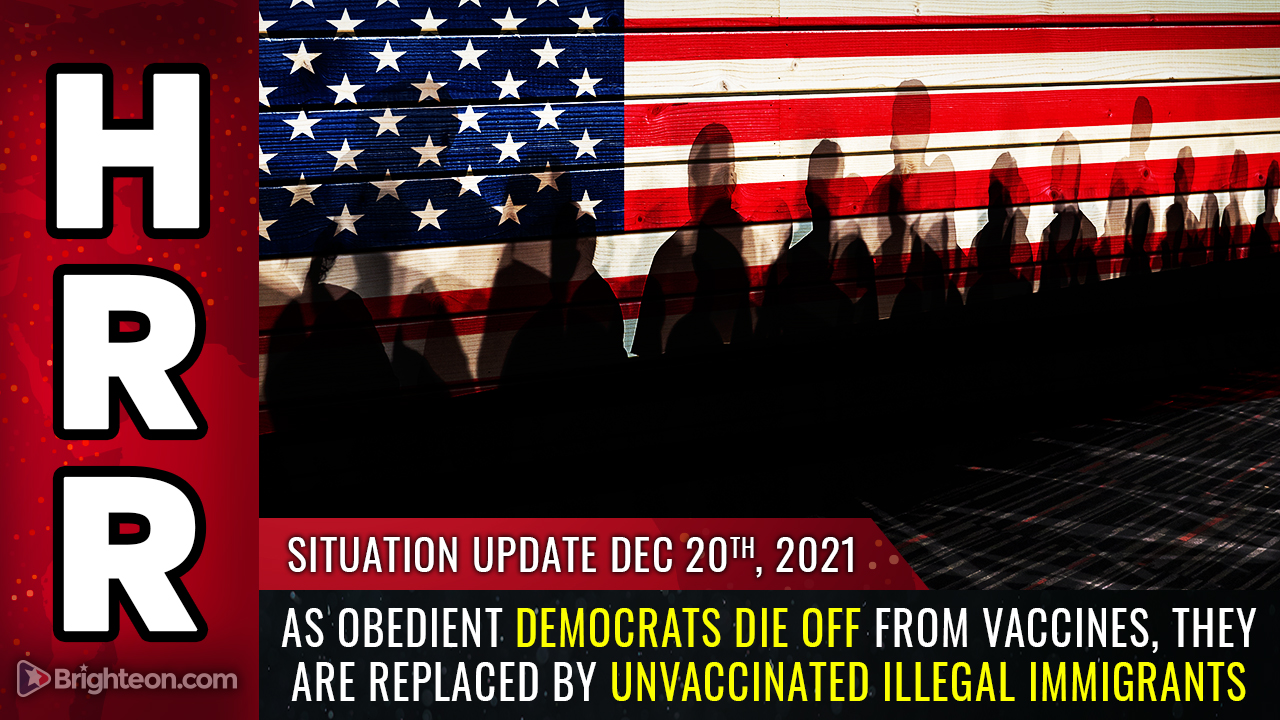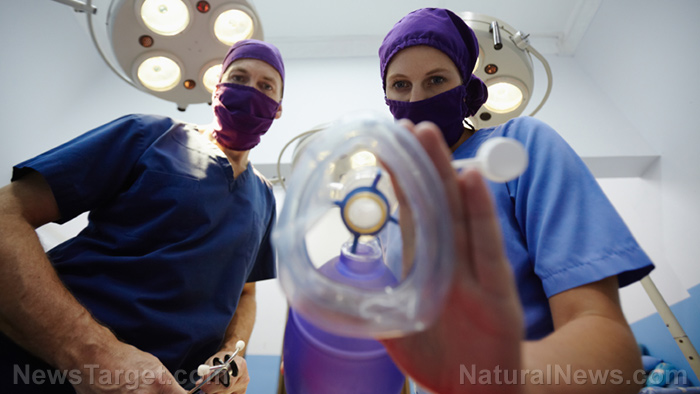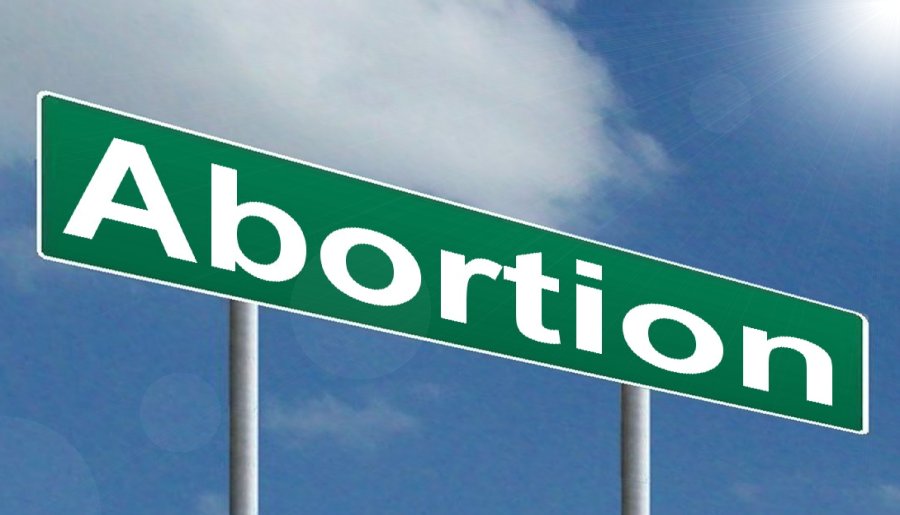PCR tests once again proven fraudulent
08/26/2021 / By Ethan Huff

Rice University in Houston is reverting back to remote learning less than two weeks into the fall semester after fraudulent PCR tests for the Wuhan coronavirus (Covid-19) generated multiple false positives.
The school became so afraid of the Chinese Virus after the inaccurate tests showed false infections that it decided to shut everything down just like last year – this despite the fact that Rice currently requires all people on campus to wear a mask while on campus.
Kevin E. Kirby, the current chair of Rice’s crisis management advisory committee, wrote a letter to university staff indicating that the institution’s testing provider had changed its protocols, “resulting in significant differences in how test results are decided.”
Officials at Rice say they detected “unusual patterns” in the testing data and were unaware of any change. They then asked the provider to revert back to its old testing strategy.
Of the 50 people who tested “positive” using the new method, only one tested positive when reverting back to the old method. The other 49 all tested negative, proving that the PCR tests are a complete fraud.
Rice really ramped up its testing regimen beginning on August 13, just days before students started moving back on campus. The school says a Houston-area “surge” in cases of the “delta variant” prompted the change.
Using the new method, 81 people out of 4,500 tested positive for Chinese Germs over the course of nine days, resulting in a two percent positivity rate. Chances are that nobody actually had an infection, though, and that the 81 positives were all fraudulent.
“This unusual campus positivity rate prompted us to take quick action and assume a more cautionary posture until we could determine whether there was a significant risk of widespread infection,” Kirby announced.
90 percent of “positive” test results at Rice occurred in people who were “fully vaccinated”
On August 19, Rice shifted gears and announced that the fall semester, which was supposed to be in-person, would revert to “temporary” online-only classes. Group dining indoors was also outlawed, as was drinking on campus.
Students were also told that they would not be able to move into their dorms until a later date, offering those who no longer want to live on campus refunds and fee waivers.
All of this was done for nothing, it turns out, as the test results that prompted the scare were mostly all fake. Further, almost everyone who tested “positive” was “fully vaccinated” at the time the tests were performed.
“More than 90 percent of those reported infections were from community members who were fully vaccinated and 75 percent of those tests were from people who reported no symptoms,” the Houston Chronicle reported.
“Additionally, most of the people shown as positive were from different populations, with only one possible cluster indicated.”
All the hysteria and confusion was more than enough for Kirby to shut everything down and revert back to online-only classes for the first two weeks. Some suspect that these temporary changes will last more than two weeks, though, just like “two weeks to flatten the curve” back in early 2020 became a multi-year plandemic transition into a “new normal.”
After it was determined that the test results were fraudulent, Kirby doubled down as a “precaution,” claiming that things will get back to normal in just two weeks. Time will tell if this actually pans out as claimed.
Moving forward, Rice plans to conduct weekly testing on all students throughout the school year. The school has also relaunched the testing statistics on its Covid-19 dashboard, which shows all data gathered since August 13.
To keep up with the latest news about Chinese Virus hysteria in America, be sure to check out Pandemic.news.
Sources for this article include:
Tagged Under: COVID, fraudulent, PCR test, Plandemic, Rice University, testing
RECENT NEWS & ARTICLES
Pandemic.News is a fact-based public education website published by Pandemic News Features, LLC.
All content copyright © 2018 by Pandemic News Features, LLC.
Contact Us with Tips or Corrections
All trademarks, registered trademarks and servicemarks mentioned on this site are the property of their respective owners.





















